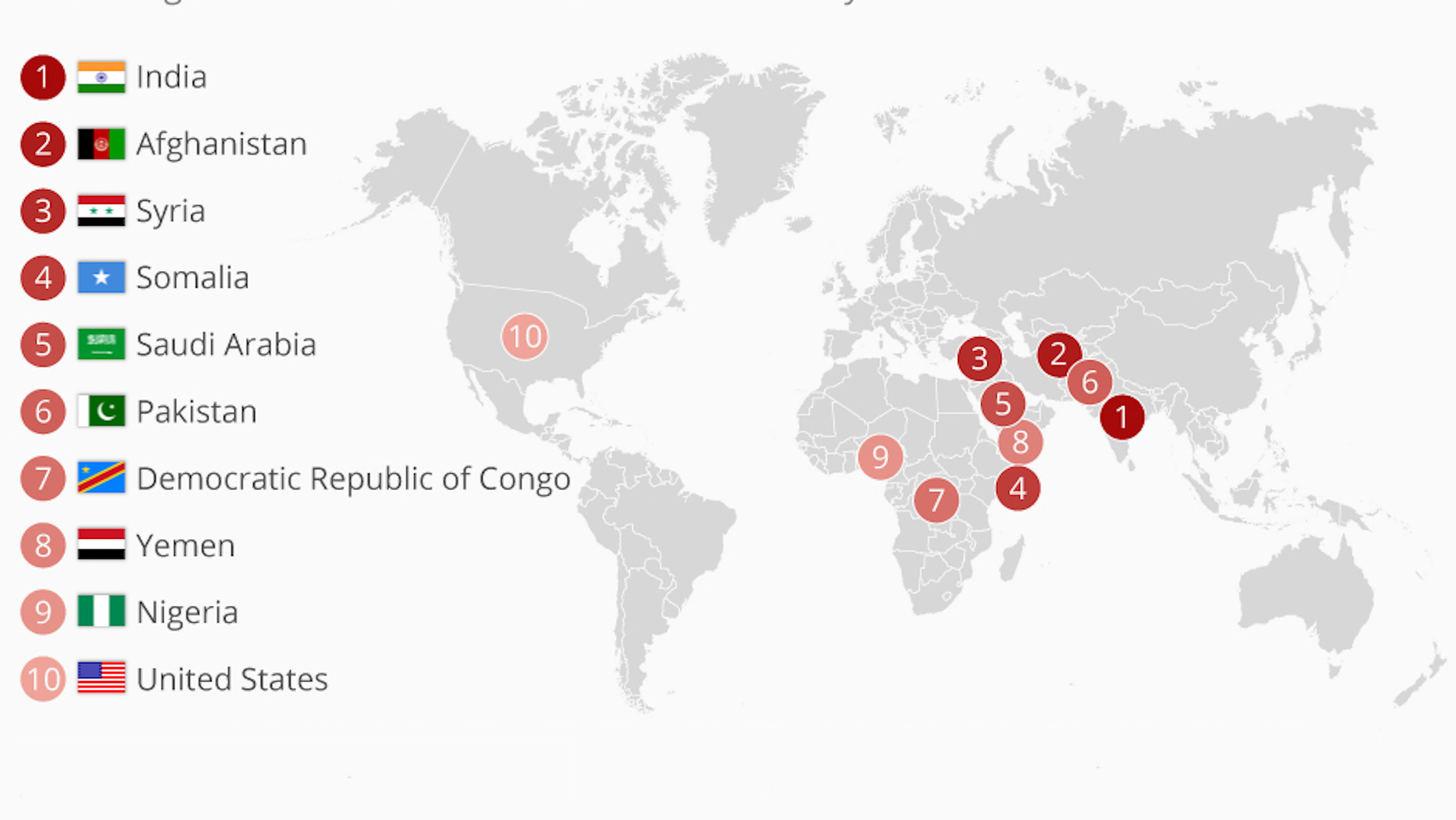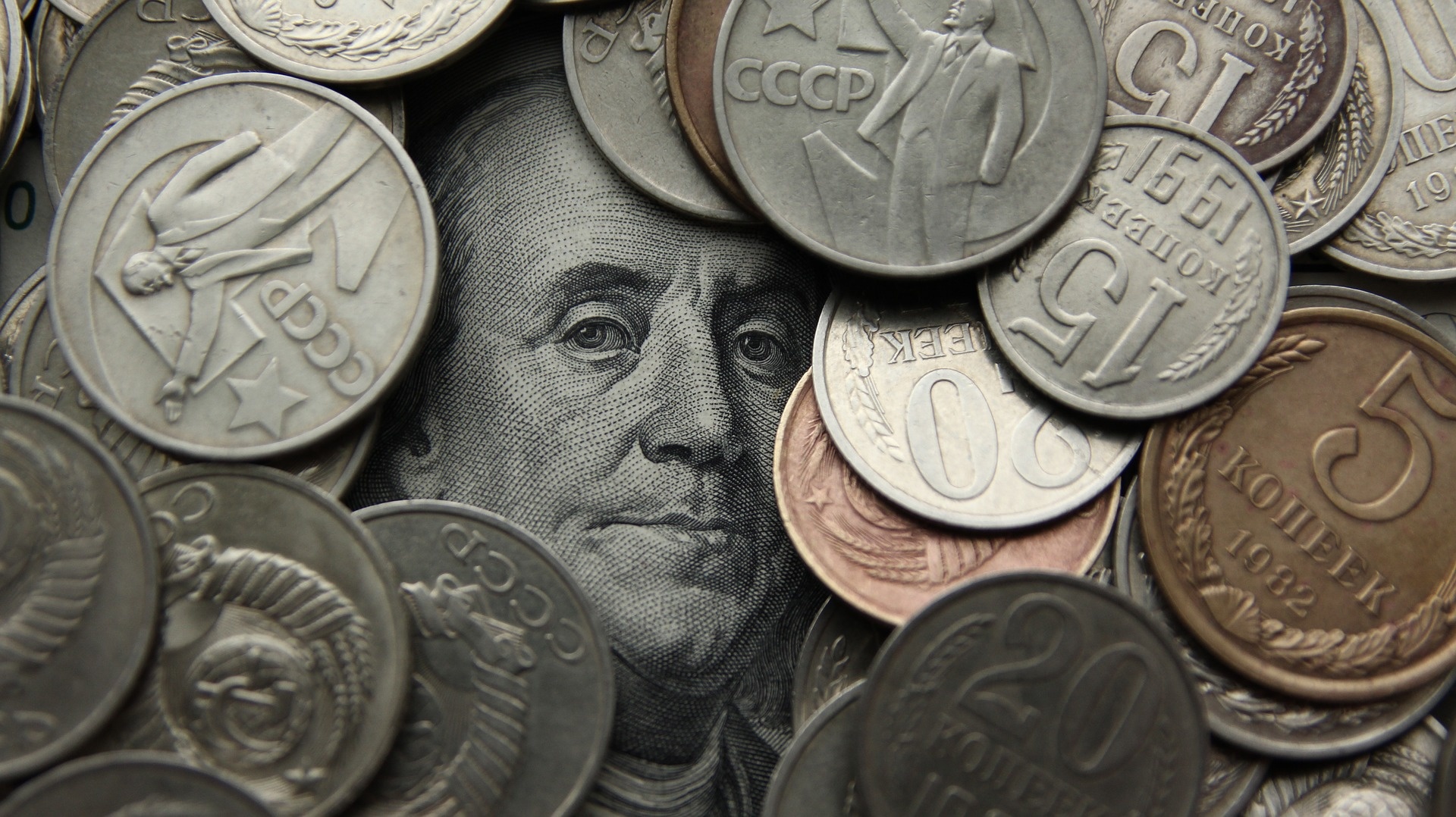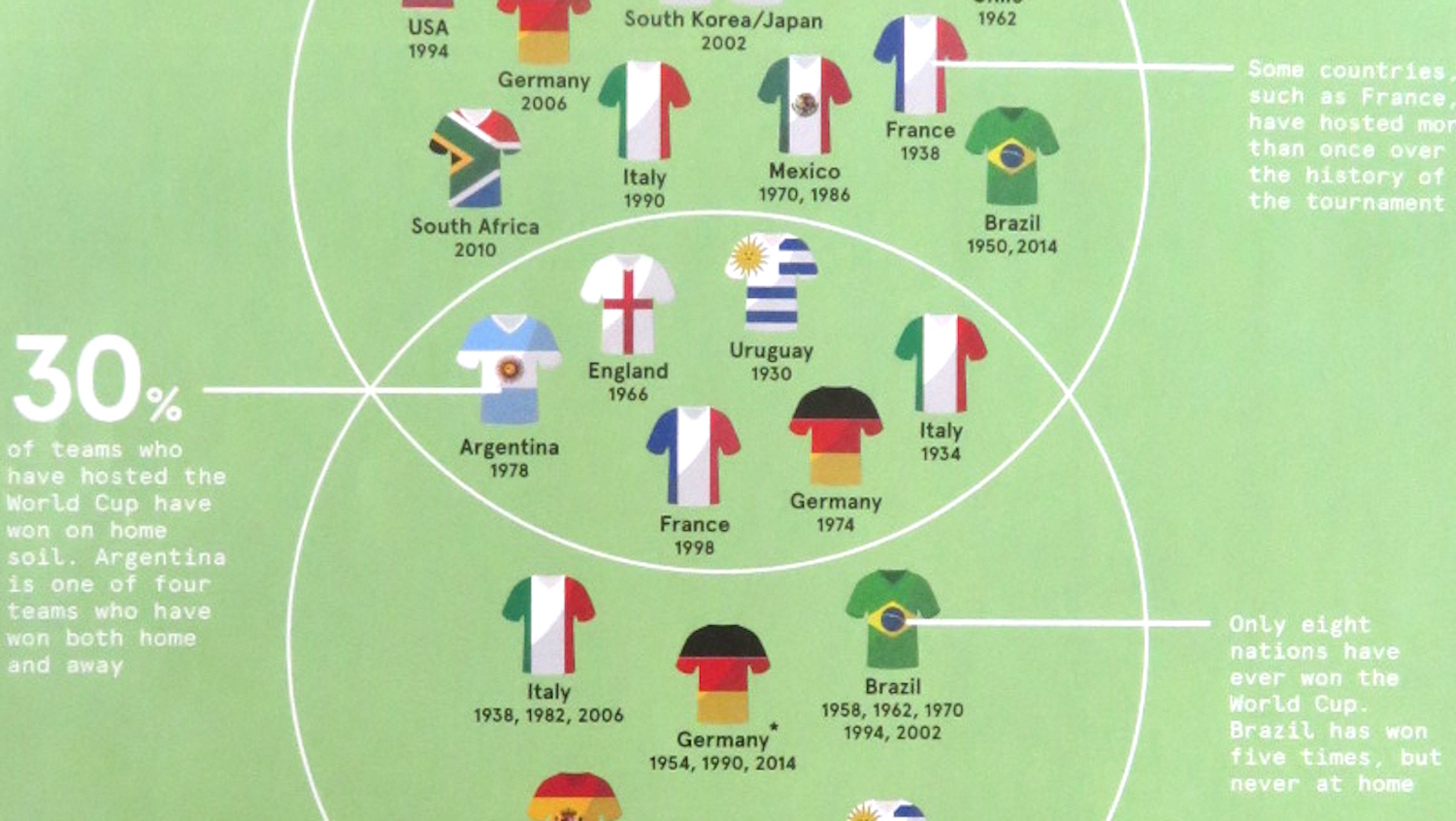Top 10 most corrupt countries in the world

Getty Images
- Corruption plagues governments around the world.
- Some of the same countries are the most and least corrupt every year.
- Nigeria and Somalia top two of the most respected corruption rankings.
Corruption within a country’s government undermines the solidity of its institutions and tends to lead to popular unrest. People just don’t like their officials stealing from them and engaging in cronyism or nepotism. But the phenomenon is as old as human history and isn’t likely to go away soon. Countries large and small have been ensnared in corruption scandals. Luiz Inacio Lula da Silva, the former President of Brazil has been jailed since April 7th for money laundering and “passive corruption.” Argentina’s former president Christina Kirchnerwas in court on September 3rd for a corruption case investigation involving bribes in the millions. The former Prime Minister of Thailand, Yingluck Shinawatra, has been on the run since 2017 after being sentenced in a corruption scandal.
In the United States, cases of corruption have plagued the Republican Party of late, with Rep. Duncan Hunter of California being indicted for illegally using campaign funds for personal enrichment. Meanwhile, Representative Chris Collins was recently arrested for allegedly perpetrating an insider trading scheme. White House administration officials Tom Price, the former Health and Human Services secretary, and Scott Pruitt, the former Environmental Protection Agency administrator, both had to resign amidst claims of abusing their government positions and ethics scandals. President Trump himself has had to continually answer accusations about his business dealings and was accused recently by his former lawyer Michael Cohen of illegally using campaign funds to pay hush money to mistresses.
While corruption may be hard to root out until more transparent systems of political representation come to pass, shining a light on the scandals helps keep the politicians honest.
There are two respected sets of rankings that attempt to gauge how corrupt countries are. Let’s look at both of them to arrive at a fuller picture.
Below are the top 10 most corrupt countries in the world, according to the U.S. News and World Report for 2018. The data was compiled from the 2018 Best Countries rankings, an analysis of 80 countries based on a survey of over 21,000 citizens around the world. The survey gauged how participants perceived the corruption in other countries.
1. Nigeria
2. Colombia
3. Pakistan
4. Iran
5. Mexico
6. Ghana
7. Angola
8. Russia
9. Kenya
10. Guatemala
The United States is 61st on this list, while Australia and Canada are 79th and 80th, making them the least corrupt. One certainly wonders where the U.S. will rank next year, given the swirling corruption allegations of 2018.
Another key ranking, the Corruptions Perceptions Index (CPI) for 2017, compiled by Transparency International, a well-known NGO that fights global corruption, has the United States in 16th place. This list of 180 countries and territories starts with the least corrupt first, which in this case would be the country of New Zealand, followed by Denmark, Finland, and Norway.
According to The Washington Post, the CPI’s methodology involves analyzing 10 global surveys of experts and business people as well as assessments from a group of institutions. Still, it looks not at actual levels of corruption but its perceived levels.
Overall, Transparency International says in its report that more than two-thirds of countries worldwide got a pretty poor average score of 43, indicating corruption’s dangerous spread.
As far as which country is the most corrupt, that honor on the CPI goes to Somalia for the 10th year in a row. South Sudan and Syria follow just behind.
Here are the top 10 most corrupt countries by the CPI:
1. Somalia
2. South Sudan
3. Syria
4. Afghanistan
5. Yemen
6. Sudan
7. Libya
8. North Korea
9. Guinea-Bissau
10. Equatorial Guinea
Here’s the full list going from least to most corrupt:





